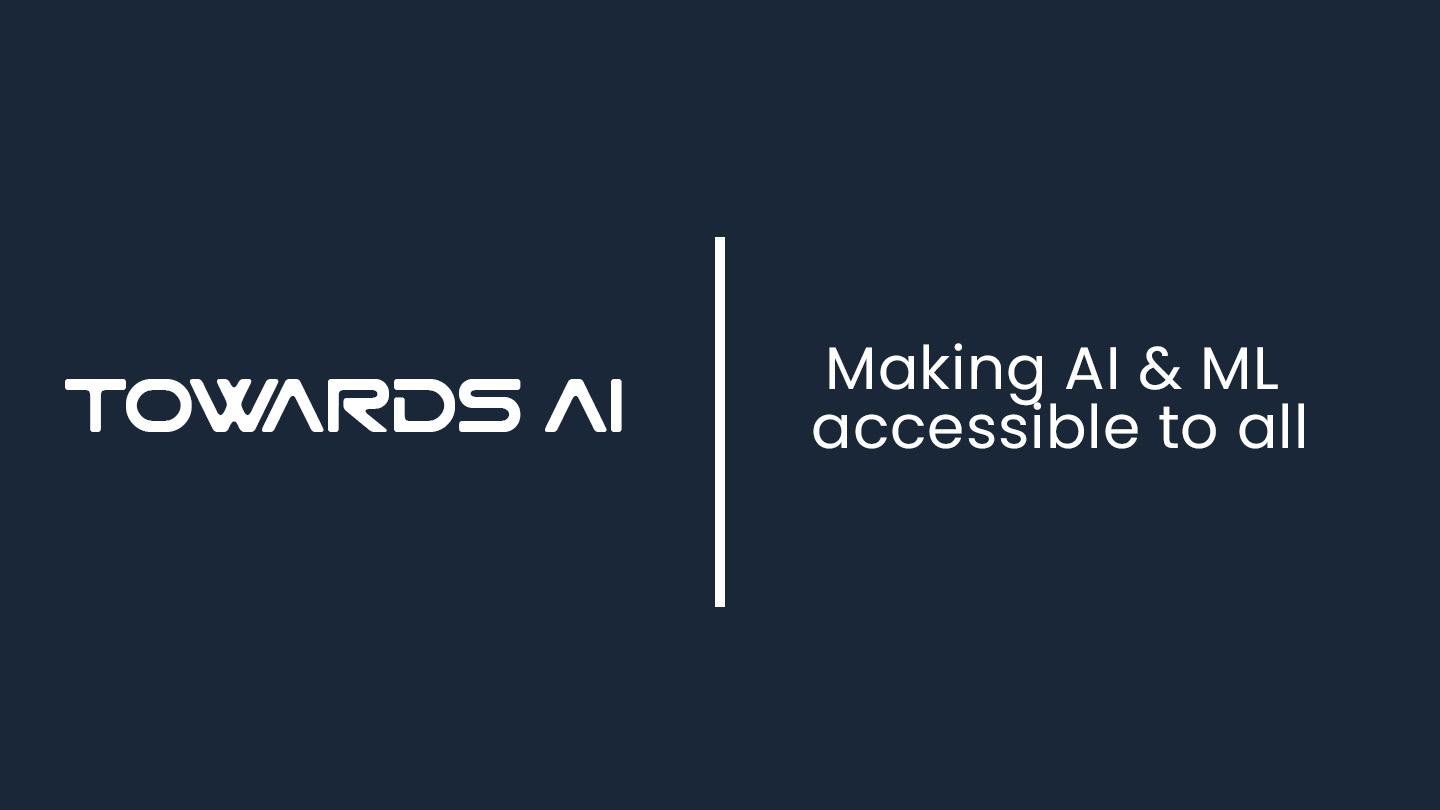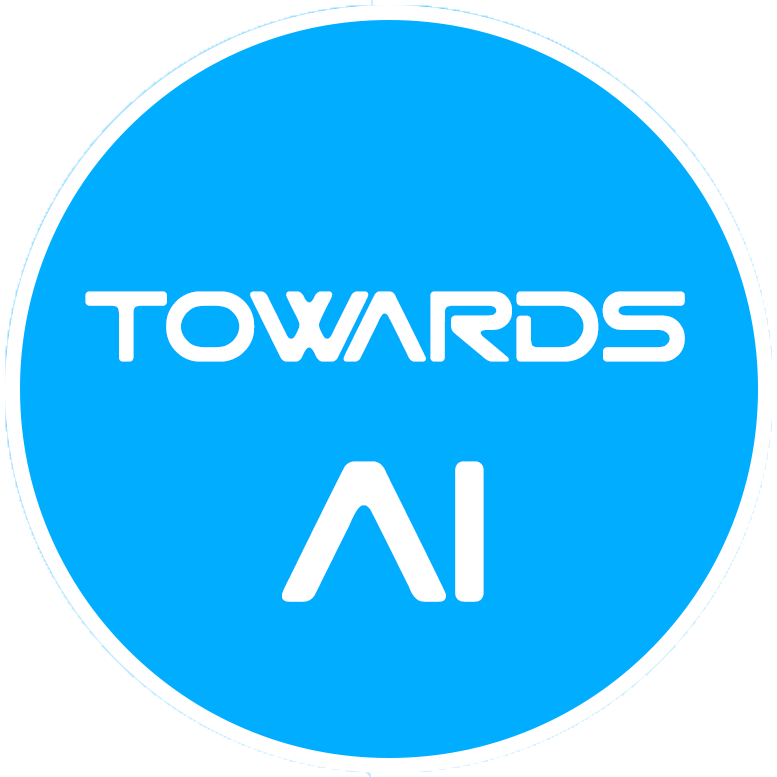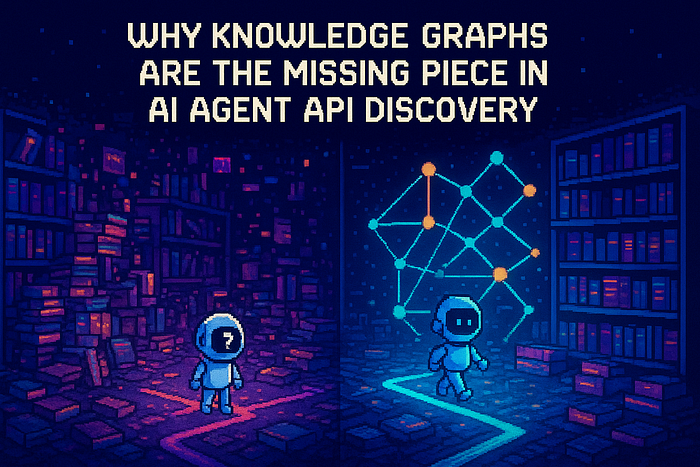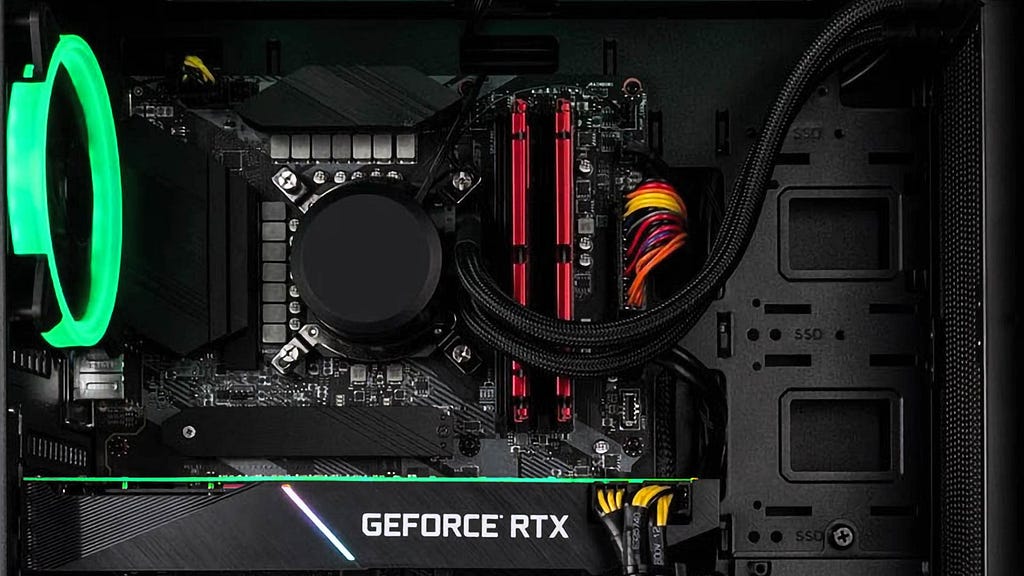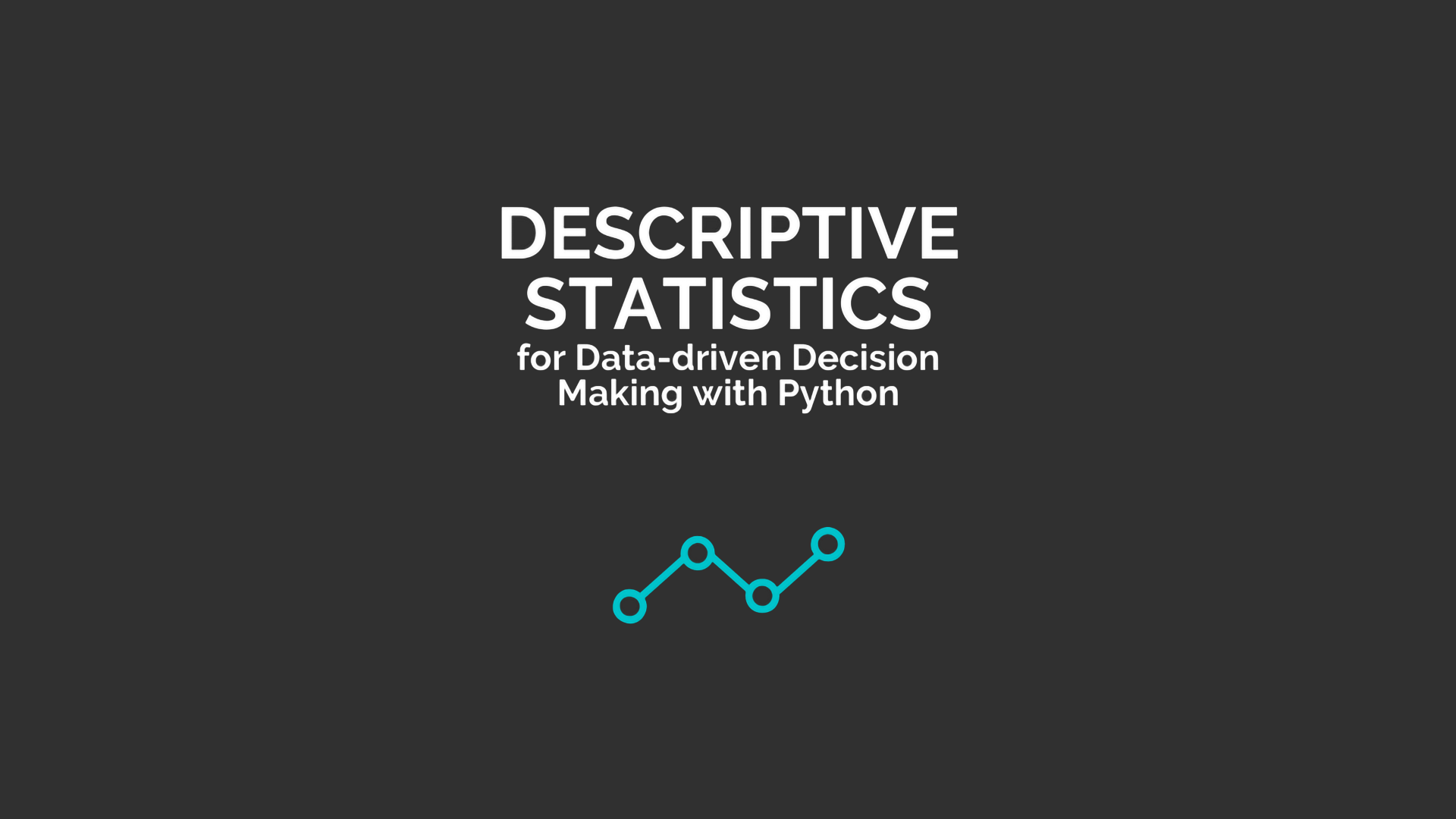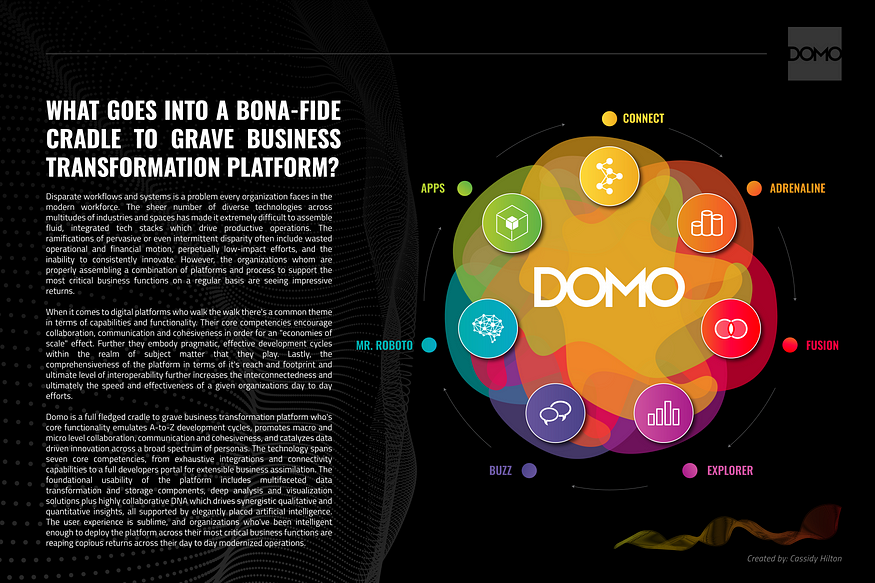
How to Create Better Apps with my 7-step Vibe Coding Workflow
Author(s): Gergely Szerovay
Originally published on Towards AI.
Learn about the main issues with vibe coding and how you can solve these problems
The full article is available here for readers without a Medium subscription.
👏 If you enjoy the content, please consider giving it a few claps — your support helps others discover this article and encourages me to keep writing!
The term “vibe coding” was coined by Andrej Karpathy to describe the process of letting AI assistants generate code while you “fully give in to the vibes” — essentially delegating the details to the AI and forgetting that code even exists.
While this approach delivers initial velocity, especially for quick prototypes, it becomes problematic as the projects grow. After my initial excitement with vibe coding wore off, I noticed something troubling: my codebase was becoming increasingly difficult to maintain and understand.
If this sounds familiar, you’re not alone. Vibe coding delivers remarkable speed, especially when building on a solid boilerplate. But without proper guardrails, that speed comes at a hidden cost to your codebase’s long-term health.
After spending many hours experimenting with vibe coding myself, I’ve seen three common problems emerge:
Organizational chaos: Files end up in unpredictable locations, making the project structure increasingly difficult to navigate.Growing files: What starts as a reasonably-sized component gradually balloons into a 500+ line monstrosity as the AI… Read the full blog for free on Medium.
Join thousands of data leaders on the AI newsletter. Join over 80,000 subscribers and keep up to date with the latest developments in AI. From research to projects and ideas. If you are building an AI startup, an AI-related product, or a service, we invite you to consider becoming a sponsor.
Published via Towards AI
Take our 90+ lesson From Beginner to Advanced LLM Developer Certification: From choosing a project to deploying a working product this is the most comprehensive and practical LLM course out there!
Towards AI has published Building LLMs for Production—our 470+ page guide to mastering LLMs with practical projects and expert insights!

Discover Your Dream AI Career at Towards AI Jobs
Towards AI has built a jobs board tailored specifically to Machine Learning and Data Science Jobs and Skills. Our software searches for live AI jobs each hour, labels and categorises them and makes them easily searchable. Explore over 40,000 live jobs today with Towards AI Jobs!
Note: Content contains the views of the contributing authors and not Towards AI.

